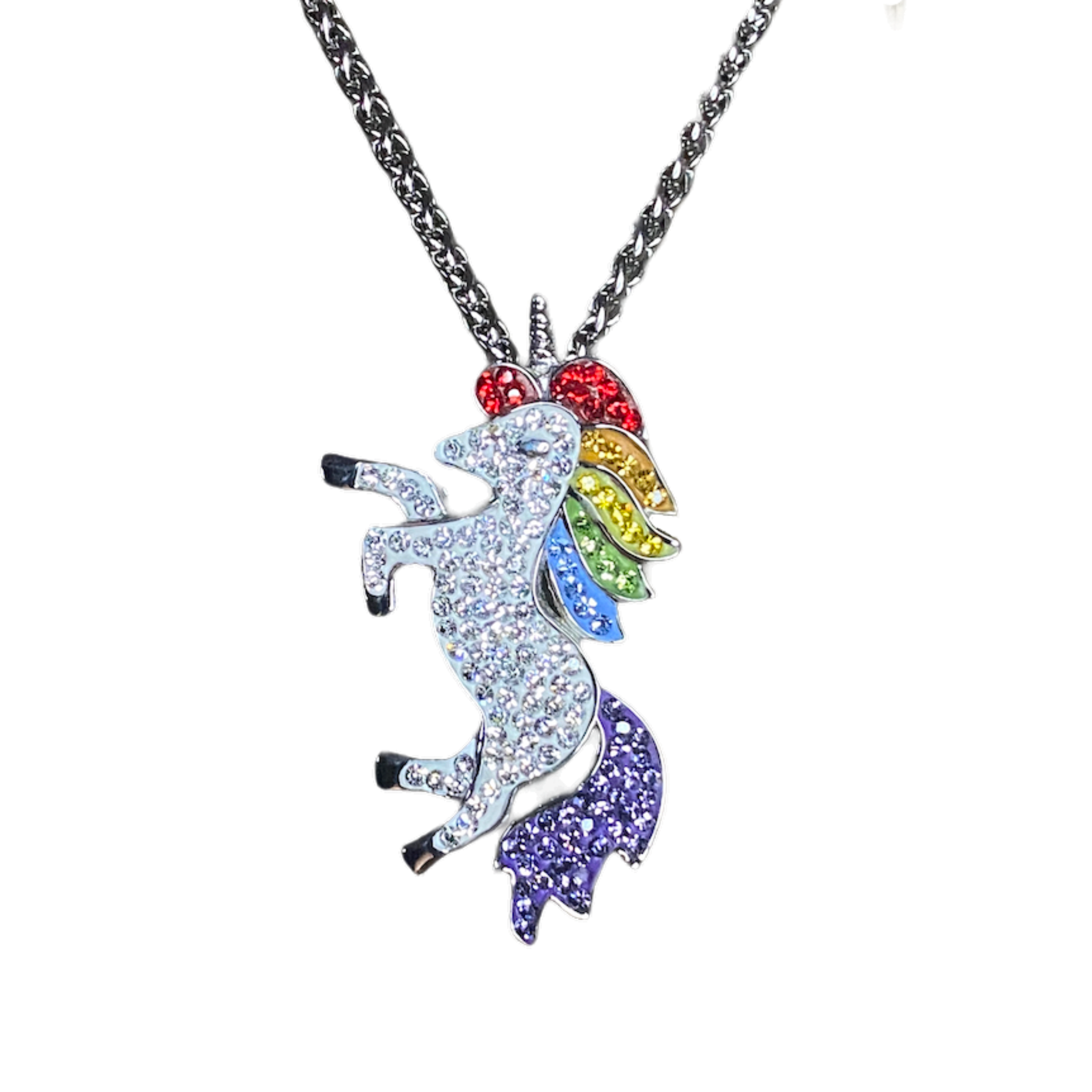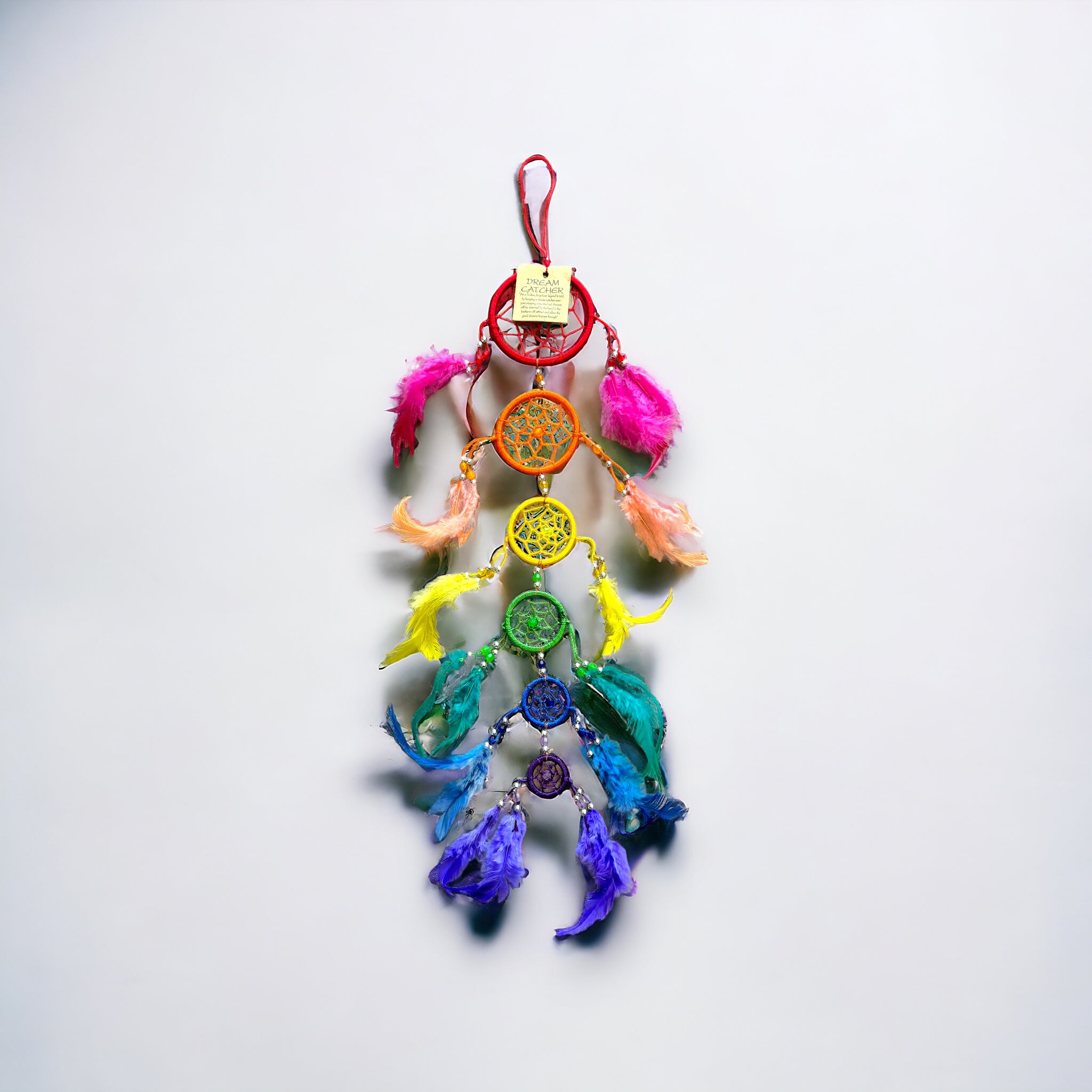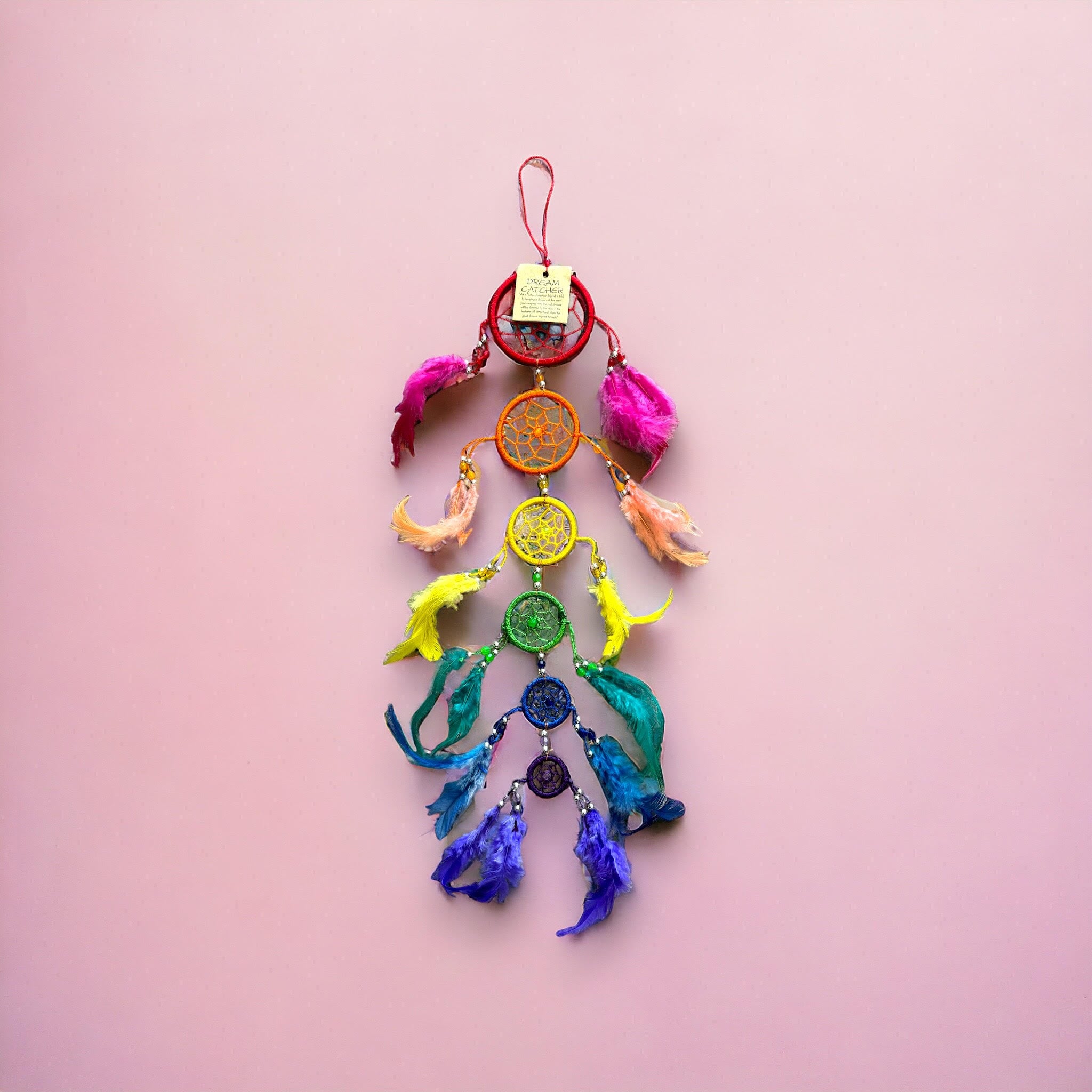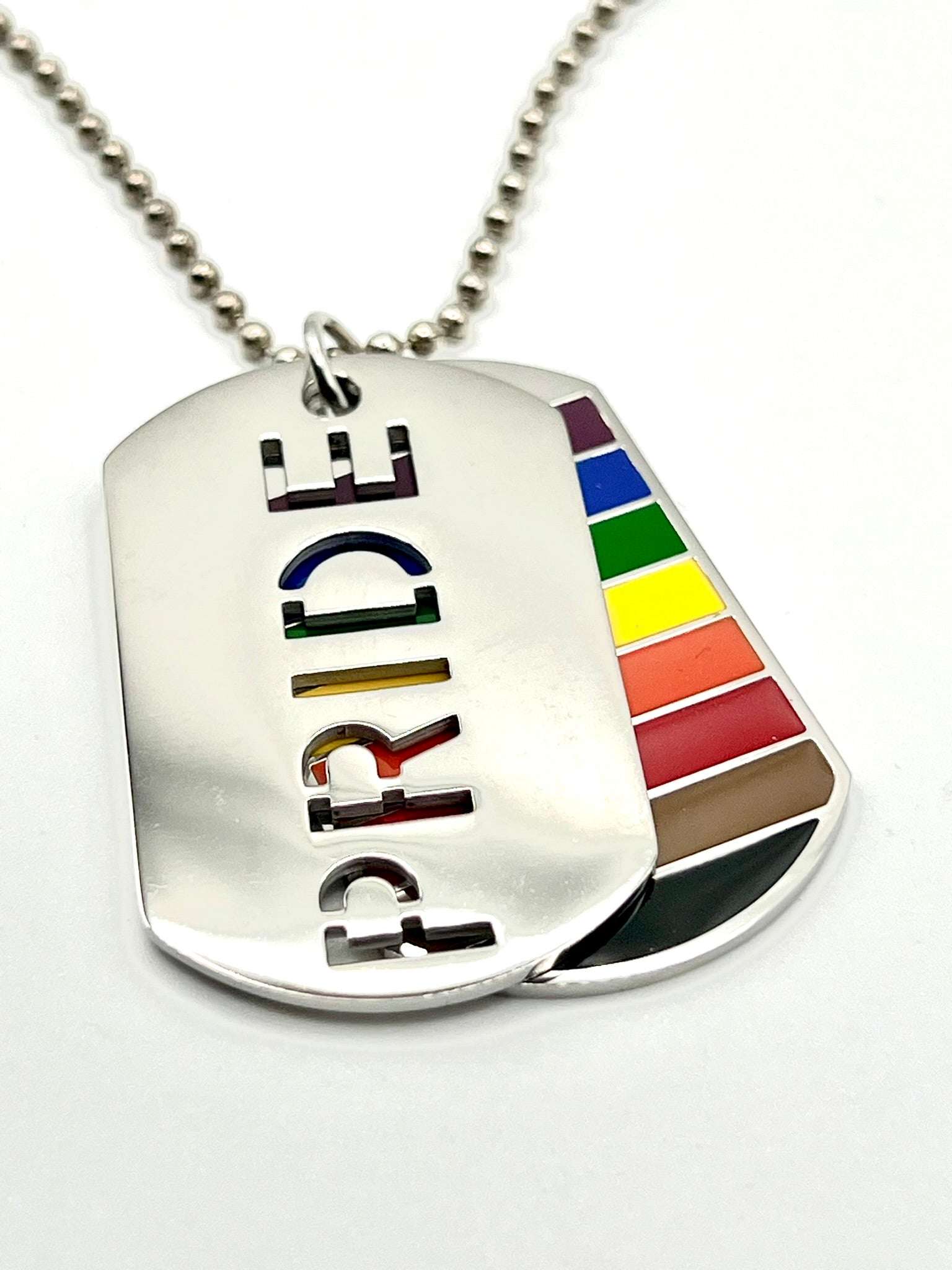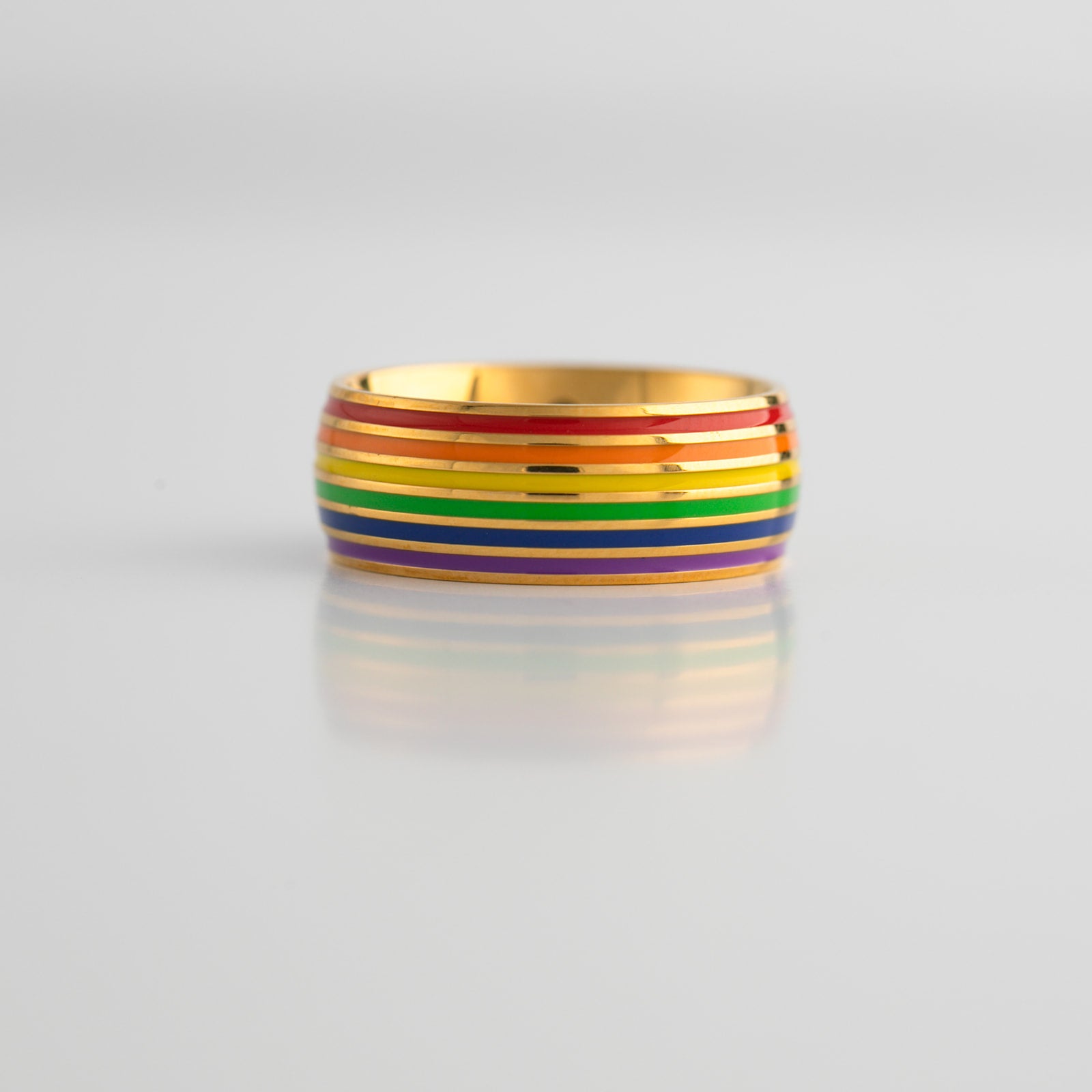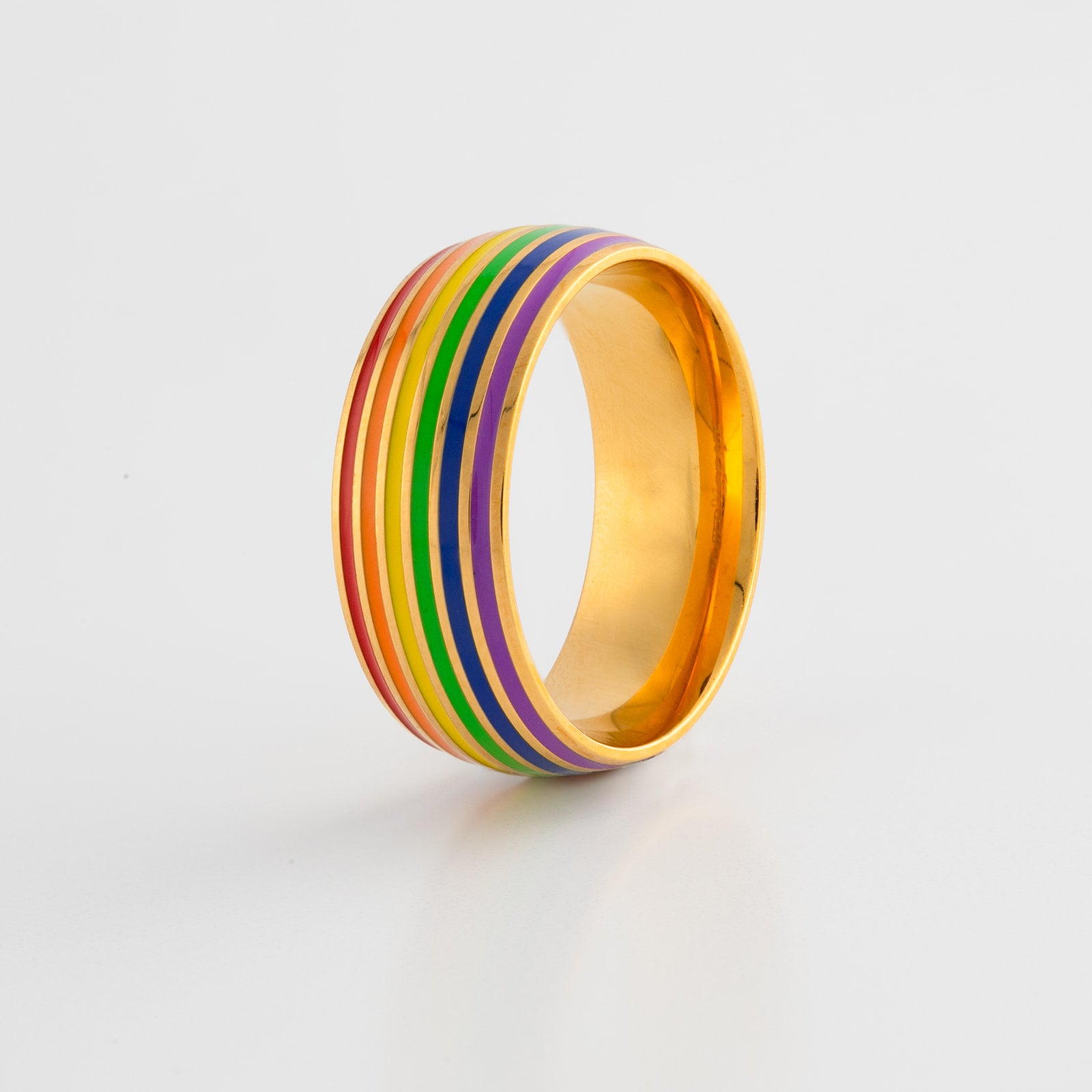It's Pride time (June 2024, if you didn't know!) and June is a month filled with rainbow flags, parades, and queer gatherings as the LGBTQ+ community and allies come together to celebrate Pride Month. But why June? The roots of this vibrant and meaningful month go deep into history, commemorating the struggles and triumphs of the LGBTQ+ movement. Today we'll dive into the origins of LGBT Pride, the significance of June, and the events that have shaped this important time.
The Significance of June as Pride Month
The Stonewall Riots: A Turning Point
The most significant reason we celebrate Gay Pride in June – and essentially the purpose of the commemorative month – is the Stonewall Riots. In the early hours of June 28, 1969, the Stonewall Inn, a gay bar in New York City’s Greenwich Village, was raided by police. Raids on gay bars were common at the time, but this raid sparked something different. The patrons, tired of constant harassment and discrimination, fought back during the 1969 Stonewall uprising. This confrontation between the police and the LGBTQ community marked a pivotal moment in the fight for LGBTQ+ rights.
The riots lasted for several days and were characterized by protests and clashes with law enforcement. The riots are widely considered the catalyst for the modern LGBTQ+ rights movement. They galvanized the community, leading to the formation of numerous advocacy groups and paving the way for future activism.
The First Pride Marches
From Riots to Parades
In the wake of '69, LGBTQ+ activists sought to commemorate the event and continue the fight for equality. On the first anniversary of the riots, June 28, 1970, the first Pride marches were held. The Pride march in New York City, Los Angeles, and Chicago all took place. Originally called the Christopher Street Liberation Day March, in honor of the location of the inn on Christopher Street, these events marked a significant shift from protest to celebration and visibility.
The New York City march was particularly notable, as thousands of people walked from Greenwich Village to Central Park, demanding equal rights and recognition on what has become Pride Day, held on June 28. The atmosphere was a mix of defiance and celebration, setting the tone for future Pride events.
Precursors to Modern Pride
Even before Stonewall, there were significant events and organizations advocating for LGBT rights. In the 1960s, groups like the Mattachine Society and the Daughters of Bilitis organized demonstrations and pickets, often referred to as "Annual Reminders," to demand civil rights for LGBTQ+ individuals. These early efforts laid the groundwork for the more visible and widespread activism that would follow the Stonewall Uprising.
The Diversity of Pride
Celebrating LGBTQ+ Identities
Pride is a commemoration of the entire LGBTQ+ spectrum, honoring the identities and experiences of lesbian, gay, bisexual, transgender, and queer individuals. The inclusivity of Pride events ensures that everyone within the community can find representation and support.
The Role of Pride Marches
Pride parades are a central feature of LGBTQ Pride Month, providing a platform for visibility and solidarity. These processions are not only festive events but also important demonstrations of the community’s resilience and unity. Participants from all walks of life come together to celebrate their identities and advocate for continued progress in LGBTQ+ rights.
Bisexual and Transgender Visibility
Within the LGBTQ+ community, it is crucial to highlight the experiences of bisexual and trans individuals. These groups often face unique challenges and discrimination, both within and outside the broader LGBTQ+ community. Pride serves as a vital opportunity to amplify their voices and ensure their stories are heard and respected, particularly through Pride Day.
The Importance of Inclusivity
Inclusivity is at the heart of Pride Month. Recognizing and celebrating the diversity within the LGBTQ+ community strengthens the movement and promotes a more comprehensive understanding of the different identities and experiences that make up the community. From lesbian and gay to bisexual and transgender individuals, Pride embraces the full spectrum of LGBTQ+ identities.
Pride Around the World
June’s Global Impact
While June is widely recognized as Pride Month, not all cities and countries celebrate their Pride events in June. For instance, Sydney's Mardi Gras, one of the most famous LGBTQ+ events, takes place in February and March. Similarly, other cities may host their Pride events at different times of the year due to weather conditions, local significance, or other logistical reasons, but many still celebrate on the last Sunday in June.
However, the historical significance of June remains powerful. The global observance of Pride in June serves as a unifying time for the LGBTQ+ community and allies to reflect on the progress made, acknowledge ongoing struggles, and celebrate diversity and inclusion.
The Evolution and History of Pride
From Protest to Celebration
Over the decades, Pride events have evolved from solemn marches demanding rights to vibrant festivities of LGBTQ+ culture. Festivals, concerts, and various forms of artistic expression are now common features of Pride. Despite this shift towards a partying atmosphere, the core message of Pride remains rooted in activism and the ongoing fight for equality.
Intersectionality and Inclusivity
Modern Pride events also emphasize the importance of intersectionality and inclusivity. The LGBTQ+ community is diverse, encompassing people of different races, ethnicities, genders, and backgrounds. Pride events now strive to reflect this diversity, ensuring that all voices within the community are heard and celebrated.
Conclusion
Celebrating Pride Month in June honors the legacy of the Stonewall Uprising and the brave individuals who stood up against oppression. It’s a time to recognize the progress made in LGBTQ+ rights and to recommit to the ongoing struggle for equality and justice. Whether through parades, educational events, or personal reflection, Pride Month is a powerful reminder of the strength and resilience of the LGBTQ+ community.
Want to know more about LGBT Pride Month?
The Library of Congress houses extensive collections of materials related to the LGBTQ+ movement, including personal papers, photographs, and publications. These resources provide valuable insights into the history and development of Pride and the broader fight for LGBTQ+ rights, ensuring that future generations can access and learn from these pivotal moments in history.
Featured collection
Get onboard with out awesome collection of LGBTQ+ exclusives!
2 Color(s) Available
10 Color(s) Available





